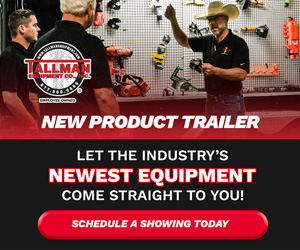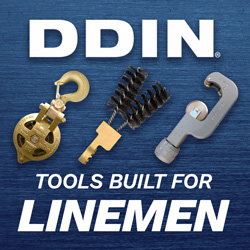How Horizontal Directional Drilling (HDD) is revolutionizing energy infrastructure development by offering efficient installation of underground utilities while minimizing disruption to the environment and communities.
In today’s high-demand energy sector, utilities and infrastructure developers face increasing pressure to deliver projects more quickly while minimizing disruption to the environment and surrounding communities. Horizontal Directional Drilling (HDD) has emerged as one of the most widely used trenchless methods to meet these challenges, offering a practical solution for efficient installation to install underground utilities such as electric conduits and cables, pipelines, water and sewer mains, etc. Although HDD installation can be extremely challenging, its value is undeniable when applied with careful planning, precision application, and the right technical knowledge.
A Closer Look at Horizontal Directional Drilling (HDD)
HDD is a trenchless method used to install pipelines, conduits and cables beneath roadways, bodies of water, rail lines and other hard-to-access or environmentally sensitive locations. The technique enables construction teams to maintain continuity of surface infrastructure while placing underground assets along a predetermined path.
The process consists of three critical phases:
- Pilot hole drilling: A steerable drill head is pushed along a carefully engineered path guided by real-time tracking systems that limit deviation and support corrections spontaneously.
- Reaming: After the pilot hole is completed, it is enlarged using a reamer. The reamed diameter typically exceeds the product pipe size by a factor of 1.5 — or approximately 12 inches larger and is determined using the product pipe diameter.
- Pullback: In the final phase, the product pipe is pulled through the reamed path using a swivel and pullhead. This operation should proceed without interruption to reduce the potential for settling of cuttings or gelling of drilling fluid around the pipe, which can increase resistance and interrupt installation.
HDD is particularly advantageous where open-cut trenching is impractical or prohibited — such as beneath rivers, railroads and highways; within urban corridors; under existing utility networks; or in environmentally sensitive areas. Although the upfront costs may be higher, the long-term benefits often outweigh the investment.
Evaluating Feasibility Before Breaking Ground
Thorough feasibility assessments are critical, as HDD often involves significantly higher capital costs than conventional open-cut installation. A key part of this evaluation is determining whether the installation supports a transmission or distribution system, as this distinction drives decisions on pipe or conduit material, diameter, and installation requirements. Steel pipe is widely used for oil and gas transmission due to pressure and structural demands. However, for HVAC or HVDC cable installations, non-ferrous
materials such as HDPE, PVC or fiberglass-reinforced polymer are typically preferred to avoid adverse thermal and electrical interactions. Distribution systems — whether for gas or cable — generally involve smaller-diameter conduits like polyethylene or PVC, depending on the application and local standards.
Continue reading at T&D World
For more educational content on the electric utility industry, check out innovations in FR/AR clothing, solar backfeed safety, and the “Quail Effect.”







0 Comments